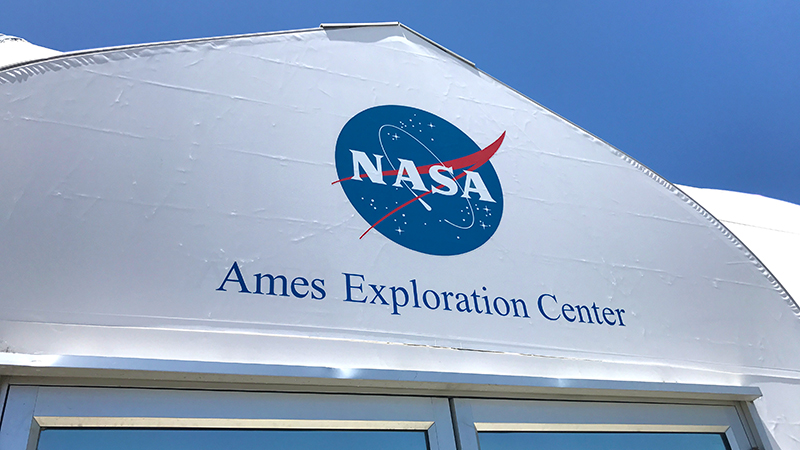

“From the planetary science perspective, the mission continues.” Earth testing awaits sailplane team “If we run out of flight energy, or if our inertial sensors suddenly fail for whatever reason, we expect to then keep doing science,” says Bouskela. In effect, the craft provides a two-in-one data collection solution. After landing on the red surface – whether from a fault or after completing its mission – the grounded sailplane will continue recording atmospheric data for transmission to orbiting spacecraft. While the sailplane’s primary task is for aerial data collection, its design also provides for end-of-mission or fault-triggered landing. It’s the inspiration for the sailplane’s own propulsion system, enabling it to cover the canyons and volcanoes dotted across the red planet currently inaccessible to Mars rovers. With the force of gravity providing downward acceleration, the albatross uses this momentum to slingshot itself back to higher altitudes.Ĭontinuously repeating this process enables albatross and other seabird species to cover thousands of kilometres of ocean, flap-free. It’s the same process albatrosses use to fly long distances without flapping their wings and expending crucial energy.Īfter lifting themselves up into fast, high-altitude air, albatrosses then turn their bodies to descend rapidly into regions of slower, low-altitude air. Using dynamic soaring, the sailplane utilises increases in horizontal wind speed with gaining altitude to continue flying long distances. “How can you use the wind that’s there the thermal dynamics that are there, to avoid using solar panels and relying on batteries that need to be recharged?”įortunately, Bouskela and colleagues didn’t need an out-of-this-world solution to solve the problem.

The question posed by the study’s first author Adrien Bouskela, an aerospace engineering doctoral student from UArizona’s Micro Air Vehicles Laboratory, is the motivation for the sailplane’s design. “The main question is: How can you fly for free?” It’s because of these limitations that researchers jumped into the design of a craft that could harness the power of the Martian wind for propulsion and forgo reliance on other power sources. It can fly just 12 metres above the surface. It follows the landing of NASA’s tiny, two kilogram Ingenuity helicopter in Mars’s 45-kilometre wide Jezero crater last year – an event marking the debut of powered, controlled flight technology on another planet.īut reliance on solar powered motors limits Ingenuity’s flight duration to around three minutes of flight. The publication of the sailplane’s design in the journal Aerospace is the latest development in the quest for data about Mars’s planetary boundary. “We just don’t have very much data about it.” “This is where the dust is picked up and sent into the atmosphere, where trace gases are mixed, where the modulation of large-scale winds by mountain-valley flows happen. “You have this really important, critical piece in this planetary boundary layer in the first few kilometres above the ground… where all the exchanges between the surface and atmosphere happen,” explains Alexandre Kling, a research scientist in NASA’s Mars Climate Modeling Center, who worked on the study.

Laden with temperature and gas sensors and cameras for image collection, the sailplane would complement existing orbital spacecraft and land-based rovers to obtain data on Mars’s planetary boundary – the atmospheric layers between the planet’s surface and space.

Researchers from the University of Arizona (UArizona), US, and NASA Ames Research Centre are hopeful their design for a new lightweight, motorless sailplane will plug a gap in Martian data collection. Perseverance Mars rover damaged by pebble flung in gust, but functioning fine.


 0 kommentar(er)
0 kommentar(er)
